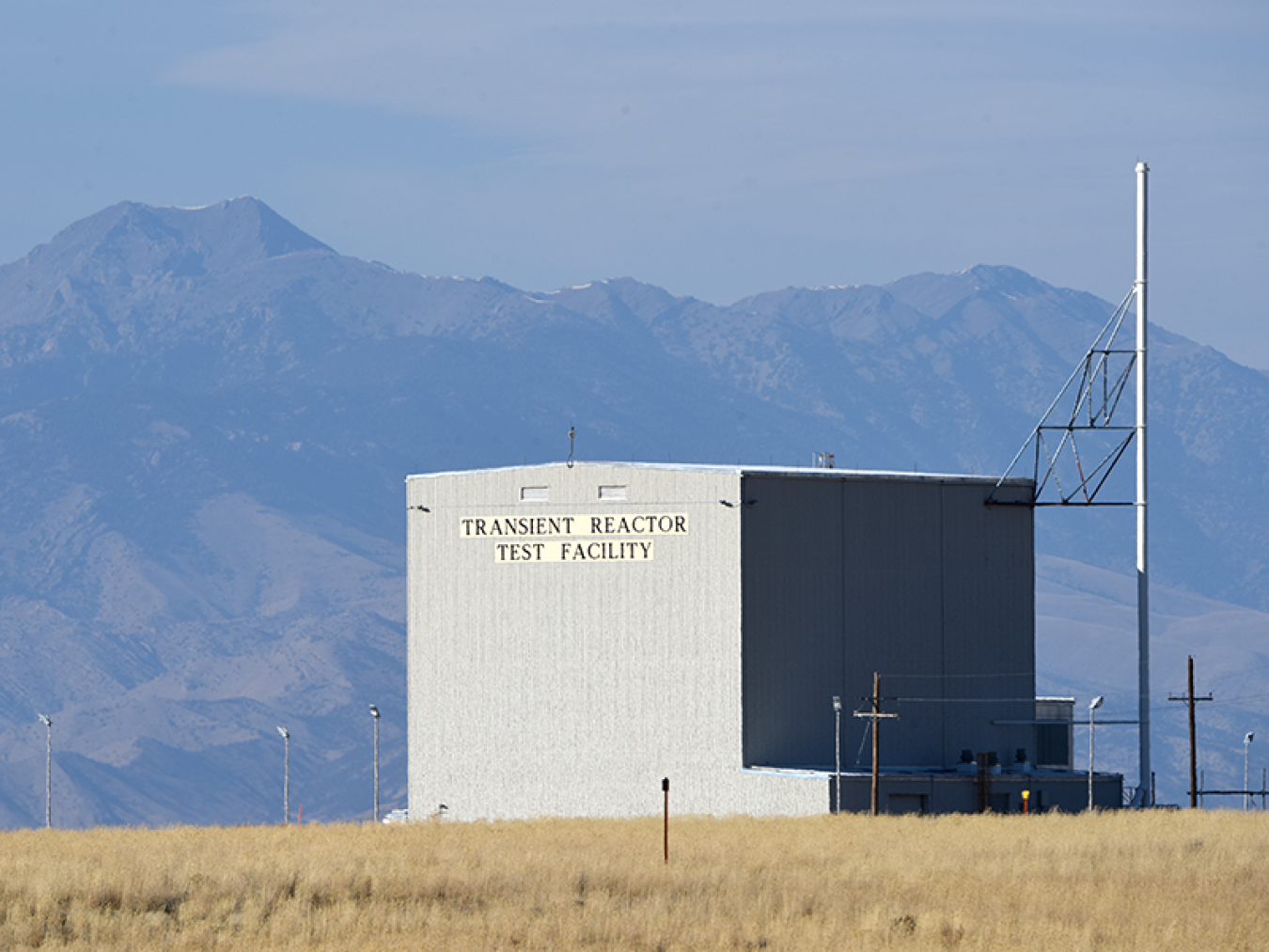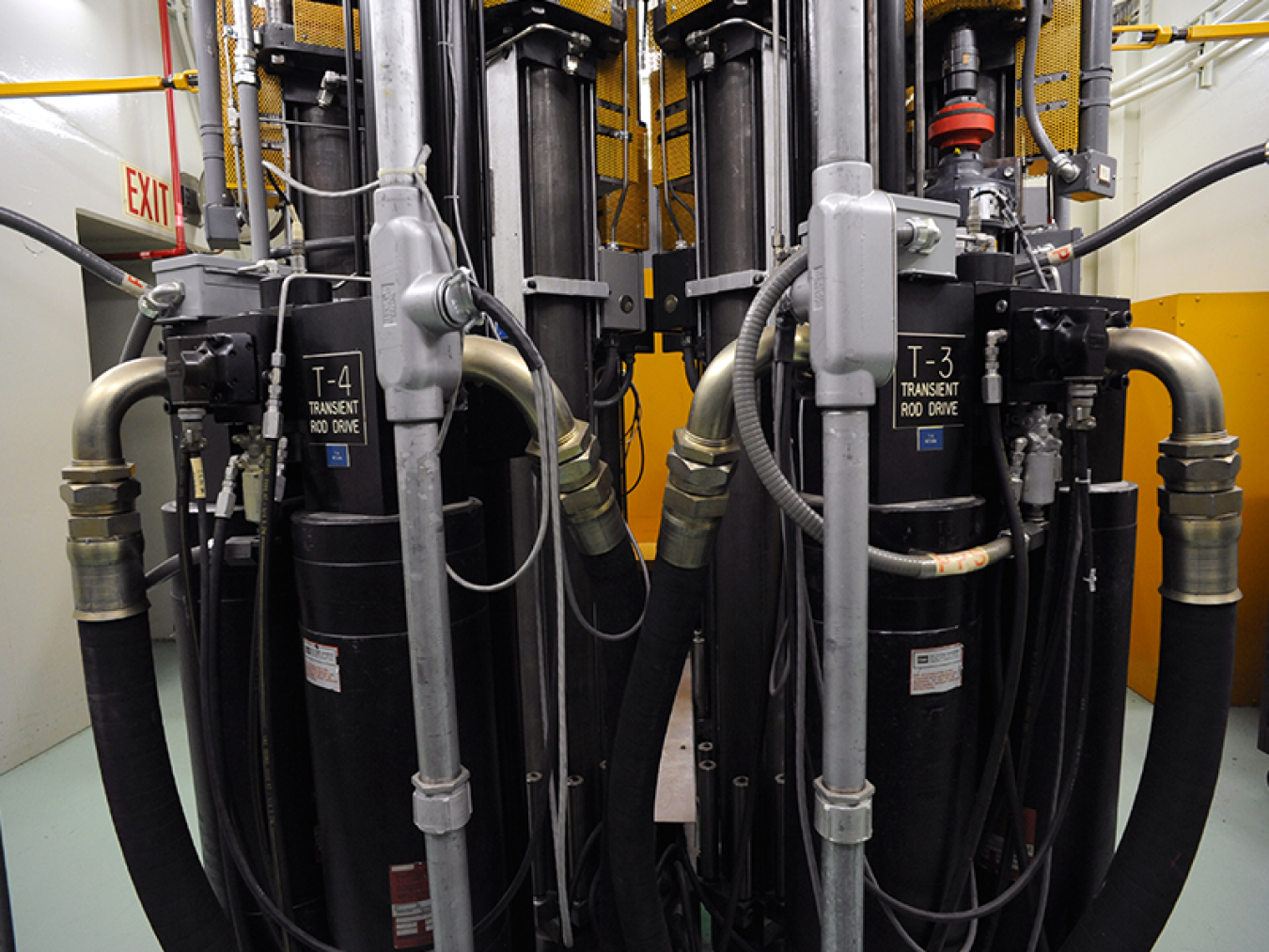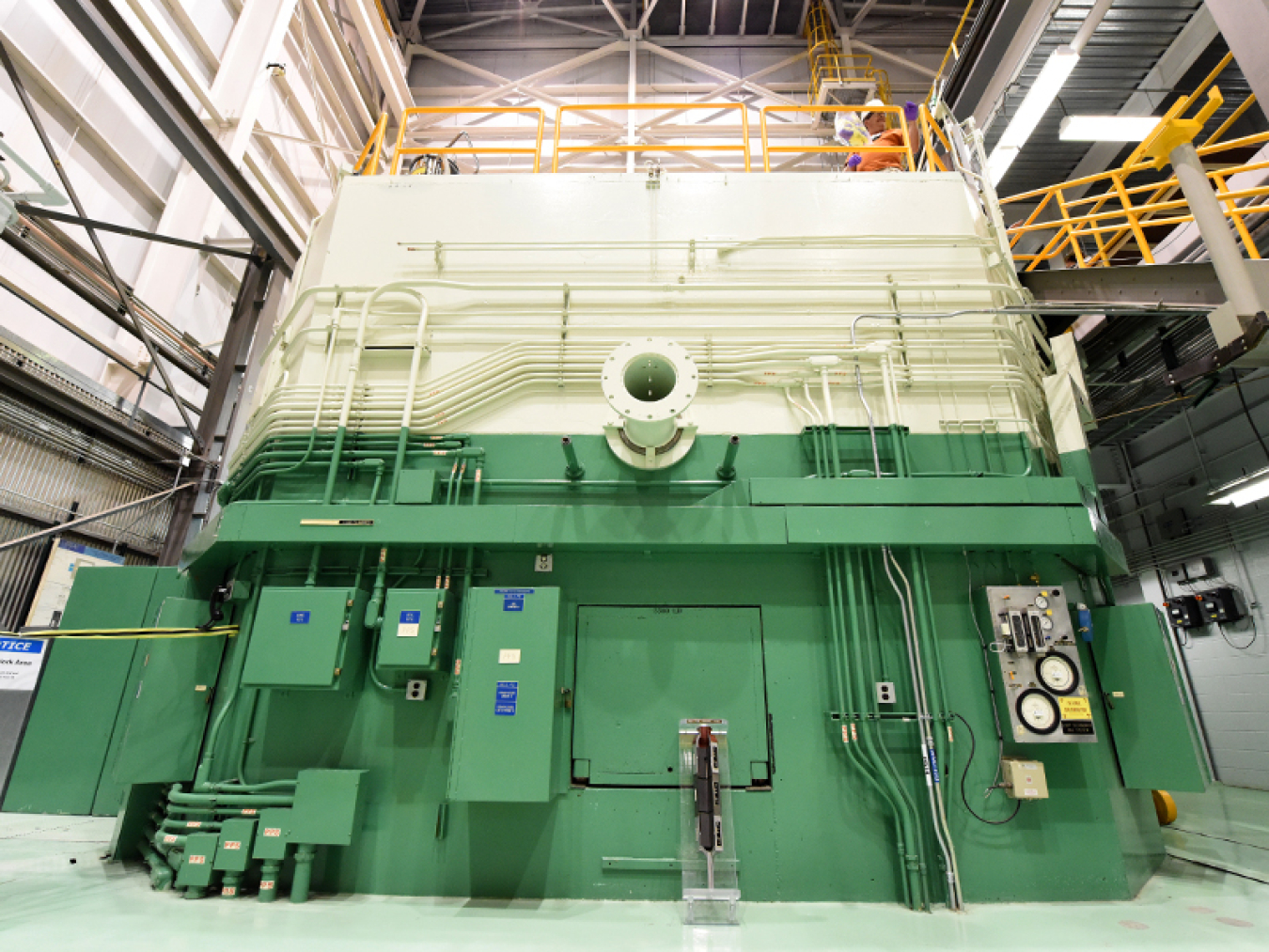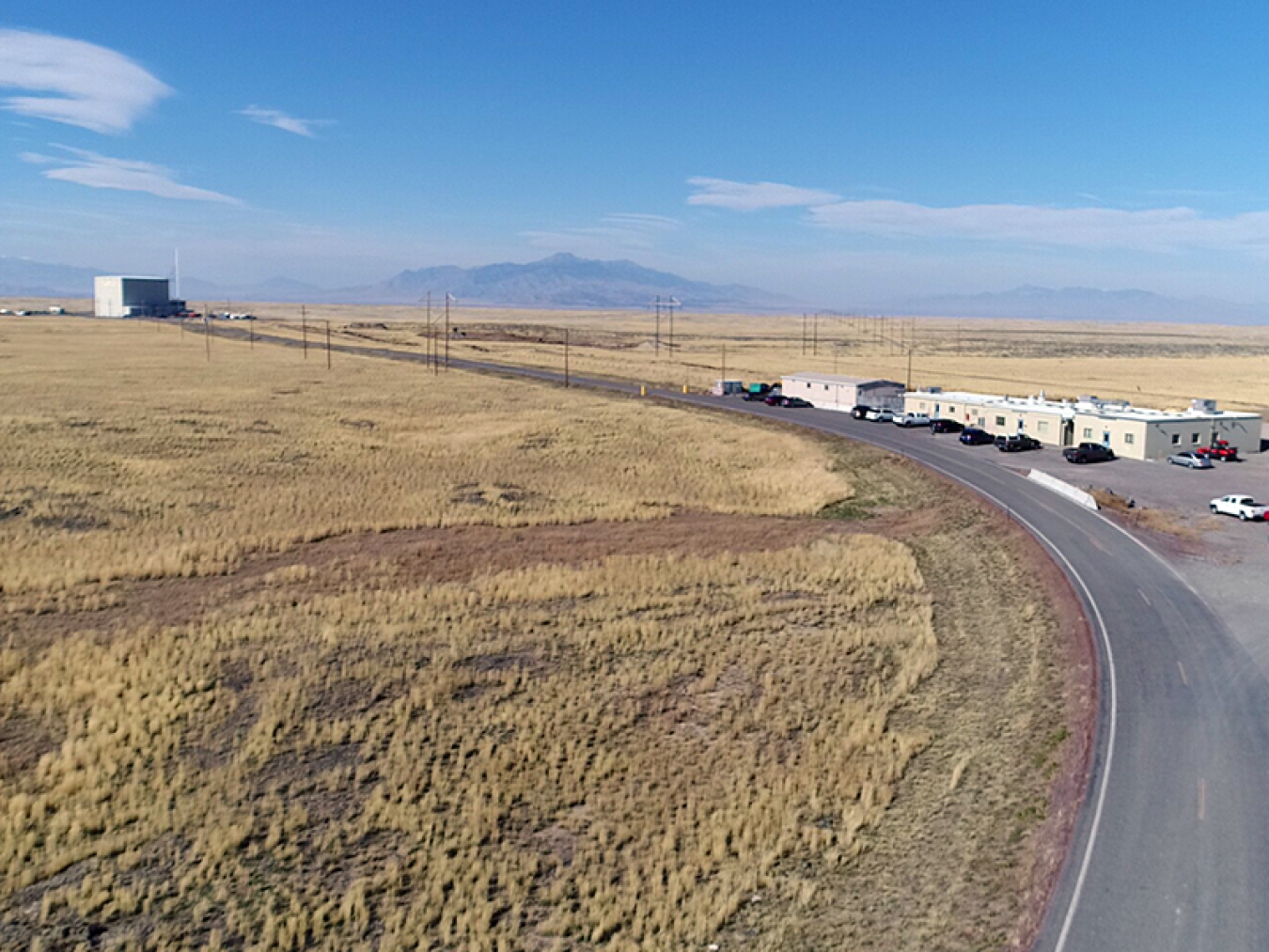5 surprising facts about Idaho National Laboratory's Transient Reactor Test facility.
October 30, 2020Watch and learn about the TREAT reactor at Idaho National Laboratory
The Transient Reactor Test Facility, also known as TREAT, is instrumental to the development of high-performance fuels for the nation's current fleet of reactors.
This unique facility at Idaho National Laboratory (INL) is specifically designed to help qualify fuels with the U.S. Nuclear Regulatory Commission and determine their safety margins.
The test reactor shut down in 1994 but resumed operations in 2017 to restore the nation's transient testing capabilities. The reactor currently tests new fuels for industry and expanded its mission to evaluate fuels for nuclear thermal propulsion systems for NASA.
Here are 5 surprising facts you need to know about TREAT—the only reactor of its kind in the United States.
1. TREAT has a powerful transient pulse.
TREAT tests nuclear reactor fuels and materials under extreme conditions. It can produce sudden bursts of energy that bring fuels to failure on a small scale and in a very controlled way. This allows scientists to examine fuel performance under simulated accident conditions.

2. TREAT still operates on its original fuel.
TREAT started operation in 1959 and conducted thousands of transient pulse experiments using its original fuel. Because it produces shorts bursts of energy, the test reactor has burned up less than 1% of its original fuel core.

3. TREAT has two sets of control rods.
The test reactor has two sets of control rods to help perform transient pulse tests. One set is used to establish normal operation conditions in the experiment. A second set features hydraulic control rods that are quickly ejected from the reactor to create the pulse within the fuel test rod—simulating its behavior under accident conditions.

4. TREAT shuts itself down after an experiment.
TREAT’s core is made of uranium and graphite and relies on basic physics to shut itself down. As temperatures rise during the pulse, the graphite expands stopping power production. The entire process takes less than a second to complete.

5. TREAT tests are conducted from a remote control room.
Researchers actually operate the reactor and experiment from a remote control room located about a half mile from the facility. The pulse creates short-lived radiation that lasts a few hours before researchers can enter the facility to assess the experiment.
TREAT currently tests accident-tolerant fuels for industry and is being used to evaluate fuels for nuclear thermal propulsion systems for NASA.

Download the TREAT fact sheet from INL.

